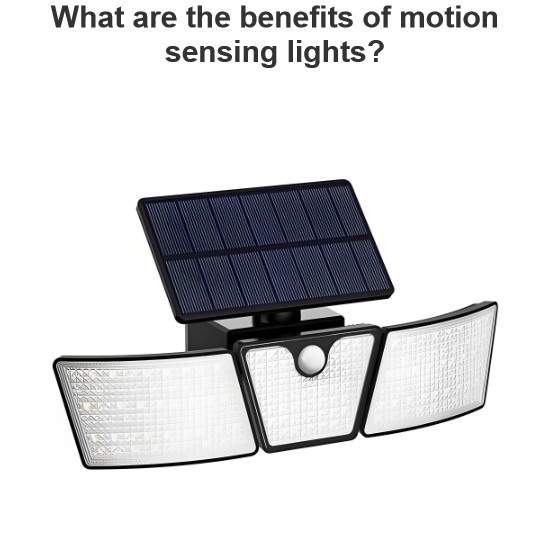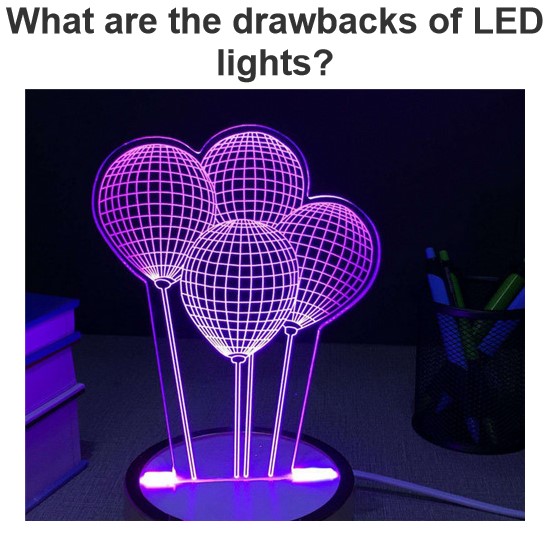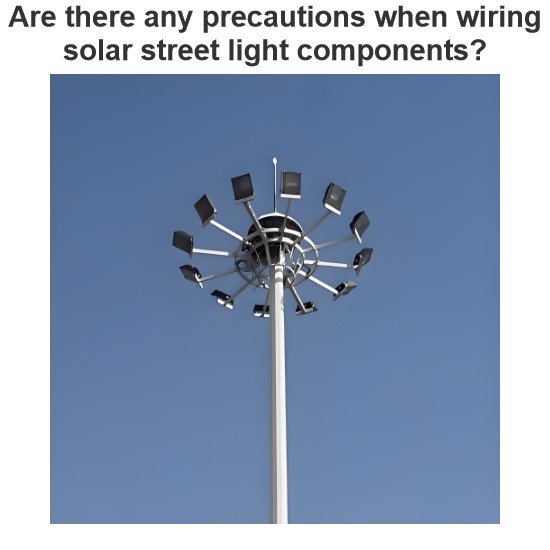Street Lighting Design: Layout & Calculations
Street lighting design is the design of street lighting such that people can safely continue their travels on the road. Street lighting schemes never brings the same appearance of daylight, but provide sufficient light for people to see important objects required for traversing the road. Street lighting plays an important role in:
Reducing the risk of night-time accidents
Assisting in the protection of buildings/property (discouraging vandalism)
Discouraging crime
Creating a secure environment for habitation
Basic Features of Street Light Luminaires
The basic features of a street lighting luminaires are:
Roadway luminaires are mounted horizontally and thus have fixed vertical aiming.
Roadway lighting luminaires have particular intensity distributions which are desired to light long narrow horizontal stripes on one side of the luminaire, while minimizing the intensities on the other side of the luminaire.
The intensity distributions up and down the narrow strip are generally the same.
Any fixed aimed luminaire which does not have this type of intensity distribution is called an area luminaire.
Main Objectives of Street Lighting Design Scheme
The main objectives of street lighting design scheme are given below:
Perfect visual sensation for safety
Illuminated environment for quick movement of the vehicles
Clear view of objects for comfortable movement of the road users.
Which Lamps are Used in Street Lighting?
Various types of lamps are used in street lighting luminaires. They are
High pressure sodium lamp
Low pressure sodium lamps
Incandescent Lamp (not recommended)
CFL (used in Lanes or streets only not widely)
Main Factors in the Street Lighting Design Scheme
Luminance Level Should be Proper
Luminance always influences the contrast sensitivity of the obstructions with respect to the back ground. If the street is brighter, then darker surroundings makes the car driver adapted, unless the driver will be unable to perceive the objects in the surroundings. As per CIE, 5m away from the road on both sides will be lit by Illuminance level at least 50% of that on the road.Luminance Uniformity must be Achieved
To provide visual comfort to the viewer’s eyes, enough luminous uniformity is needed. Luminous uniformity means the ratio between minimum luminance level to average luminance level, i.e.
It is termed as longitudinal uniformity ratio as it is measured along the line passing through the viewers position in the middle of the traffic facing the traffic flow.Degree of Glare Llimitation is always taken into Design Scheme
Glare means visual discomfort due to high luminance. There are two types of glare created by the street light luminaires, first type is disability glare and second type is discomfort glare. Disability glare is not a strong factor, rather discomfort glare is a common factor due to unplanned street lighting scheme.Lamp Spectra for Visual Sharpness depends on the Proper Luminaries
It is very much essential to make an object as per its size and dimension.Effectiveness of Visual Guidance is also an important factor
It helps a viewer to guess how far another object is from his position.
Types of Road to Implement Various Street Lighting Design Schemes
As per CIE 12 roads are broadly classified into five types.
Type A of Street Lighting Design
Heavy and high speed traffic.
The roads are separated with the separators.
No crossing is allowed.
Controlled access
As the example: express ways.
Statement: Respect the original, good articles worth sharing, if there is infringement please contact delete.
Electrical4U is dedicated to the teaching and sharing of all things related to electrical and electronics engineering.














